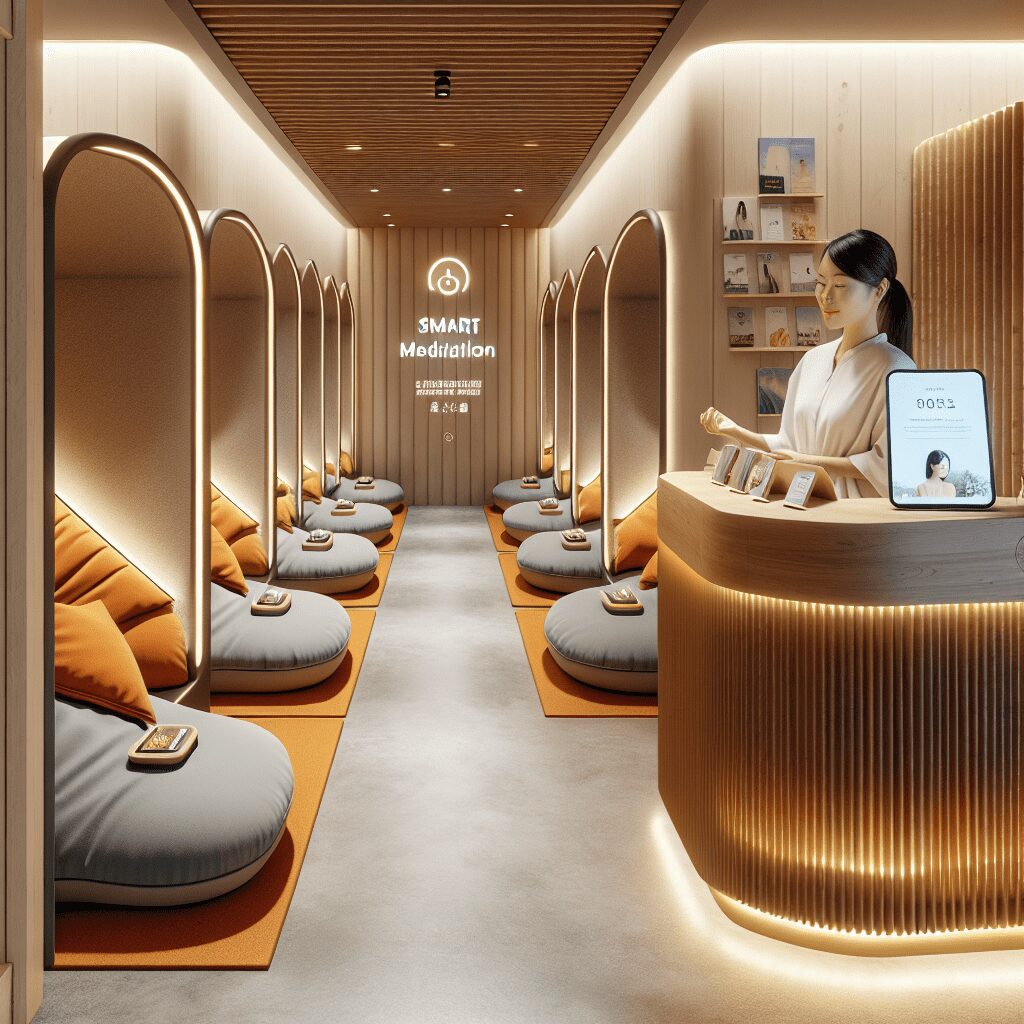
Prioritize your mental well-being daily. Enhance your life by nurturing your mental health with the Smart Meditation app. Break free from stress, alleviate anxiety, and enhance your sleep quality starting today.
Is Sensory Overload A Symptom Of Anxiety?
Unraveling the Tangled Web: Is Sensory Overload a Symptom of Anxiety?
In the bustling world we live in, it’s no shocker that our senses are bombarded left, right, and center. From the incessant buzzing of our smartphones to the relentless pace of the rat race, it’s like living in a 24/7 sensory assault course. But hang on, isn’t feeling overwhelmed by all this stimulation more than just an inconvenience? Could it be a glaring red flag for something deeper, like anxiety? Let’s dive deep into the nuts and bolts of sensory overload and its intricate dance with anxiety.
Sensory Overload and Anxiety: Partners in Crime?
Sensory overload creeps up when the brain’s millisecs to process and respond to incoming stimuli goes haywire. Imagine a traffic jam in your neural pathways; that’s sensory overload in a nutshell. Anxiety, on the other hand, is that unwelcome guest at the party, ramping stress levels up to eleven and making us overthink our every move.
Now, you might be thinking, “But how do they relate?” Well, buckle up, as we’re about to connect the dots.
-
The Vicious Cycle: For folks with anxiety, their already on-edge nervous system means their threshold for sensory input is as low as a limbo bar at a beach bash. This heightened sensitivity can easily tip the scales towards sensory overload, creating a cycle that’s tougher to escape than a corn maze after dark.
-
Hyperarousal State: Anxiety loves to keep our bodies in a “fight or flight” mode. When this switch is flipped, every sound or touch is amplified, making sensory overload more likely than finding a needle in a stack of needles.
-
The Chicken or the Egg?: It’s a head-scratcher, alright. Sensory overload can both be a symptom and a cause of anxiety. Like a snake eating its tail, determining which started first is as tricky as a Sudoku puzzle.
Steering Through the Sensory Storm
Now that we’ve laid bare the link between sensory overload and anxiety, you might be itching to know how to navigate these choppy waters. Fear not; we’ve got some ace strategies up our sleeve:
-
Mindfulness Techniques: It’s all about staying in the now. Techniques like deep breathing or guided imagery can be like a lighthouse guiding you safely through the sensory tempest.
-
Setting Boundaries: Know your limits and don’t be shy about enforcing them. If certain environments or situations crank your senses up to eleven, it’s okay to hit pause and step back.
-
Seek Professional Help: Sometimes, the DIY approach just doesn’t cut it. Chatting with a therapist can provide tailor-made strategies to deal with both sensory overload and anxiety.
-
Create a Sensory Safe Haven: Carve out a little sanctuary where you can unwind and destress. Whether it’s a quiet corner of your home or a tranquil spot in the park, having a go-to chill zone can be a game-changer.
The Bottom Line
While sensory overload can indeed be a symptom of anxiety, the relationship between the two is more tangled than holiday lights in January. Understanding this intricate connection can be the first step towards managing both more effectively. Whether you’re seeking professional guidance, practicing mindfulness, or simply becoming more attuned to your body’s cues, remember—you’re the captain navigating through the sensory storm. With the right strategies and a hefty dose of self-compassion, finding calm amidst the chaos is more than just possible; it’s within reach.





